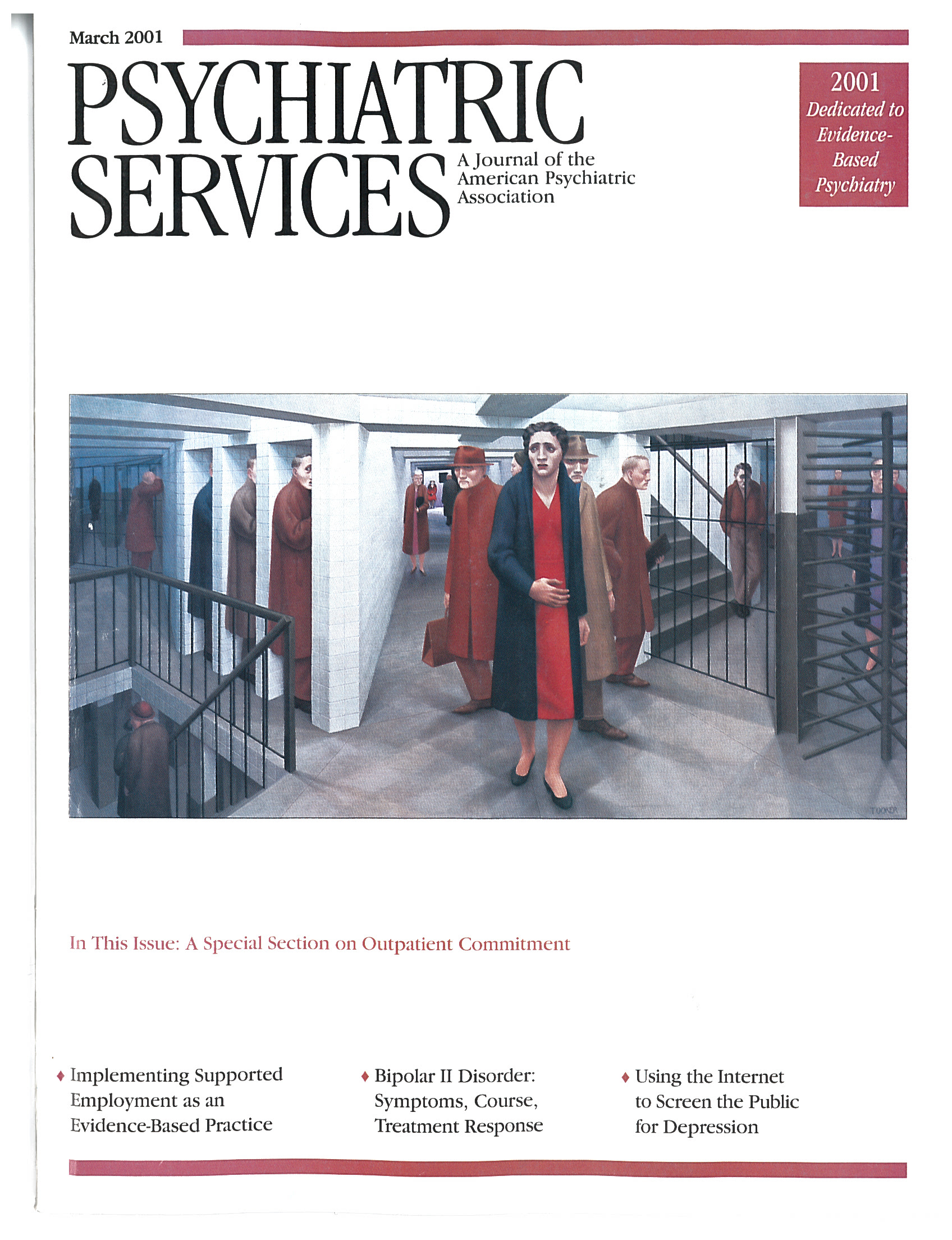Violence Among the Mentally Ill: Effective Treatments and Management Strategies
This volume is a collection of papers presented at a NATO Advanced Study Institute on the Prevention of Crime and Violence Among the Mentally Ill held in May 1999. The authors, all from Western Europe or North America, critically summarize the state of research and clinical practice in this important area at the end of the century. They do not attempt to review all aspects of individual violence, only violence associated with major mental illness.
The book is divided into five sections. The first section is on prevalence, triggers, and determinants of violence, and the second is on assessment, treatment, and management of violence. The other three sections address prevention of violence in hospitals, in prisons, and in the community. All five sections rely heavily on reviews of current research and offer welcome interpretations and summaries. The first section also includes commentaries.
The authors of the papers in the first section conclude that there is an association between major mental illness and violence. Substance abuse, antisocial personality disorder, and brain dysfunction are important comorbid conditions that materially increase the risk of criminality and violence. A great deal of attention is given to biological factors such as genetics, prenatal influences, and toxic exposures, all of which may have an important role in violent behavior.
The chapters on assessment and treatment, all well done, range from a review of mental health systems to a review of pharmacological approaches. Mental health systems have had administrative and legal problems as well as problems in predicting and identifying at-risk patients. Similar conclusions are found in the sections on prevention. The review of pharmacological treatments finds more positive results, because research in this area has been more apropos and some consensus on indications has developed. Selective and appropriate use of medications can reduce or perhaps prevent violence by carefully identified and evaluated patients.
The sections on prevention focus mostly on structures and programs that offer models in each of the three settings covered—hospitals, prisons, and the community. It is clear that more research is needed, but it is also recognized that rigorous evaluation of psychosocial treatment models is difficult in these high-risk settings. The importance of careful planning and training, recognition of risk, and integration of services is emphasized. Current practices, some of which are of dubious value, are identified, and legal and administrative issues are given some coverage as well.
The contributors have done a great service in collecting and critically reviewing this body of knowledge and clinical practice. They identify important positive and negative conclusions about causes, assessment, and management of persons with mental illness who are violent. As with most conference reports, the chapters show variability in focus, style, and pertinence, and some repetition between chapters will be noted. Nonetheless, Violence Among the Mentally Ill contains a great deal of important information and insight. All students and practitioners working with persons with serious mental illness will be well served by reviewing each chapter.
Dr. Tupin is professor of psychiatry, emeritus, at the University of California, Davis.



